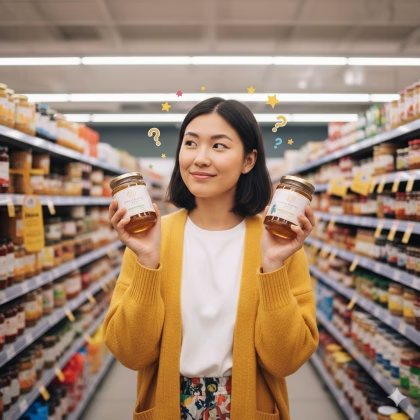Cybersickness (CS), a visually induced motion sickness causing unwanted symptoms like nausea, disorientation, and vertigo, remains a significant issue in Head-Mounted-Display (HMD) based virtual environments, hindering the mainstream adoption of Virtual Reality (VR). The exact cause of cybersickness is still not conclusively clarified, however the predominant theory of sensory conflict suggests that the discrepancy between perceived and expected visual, vestibular, and proprioceptive information triggers these symptoms. Mitigating sensory conflict with the help of supplementary motion simulation aligning visual and vestibular stimuli appears promising, however to which extent motion has to be simulated is still underexplored. This work presents the results of a study (n = 43), based on a between-participants design, investigating the effects of minimal rotational motion (MIROMO) cues for pitch and roll (+/- 6°) on cybersickness in a lean-back VR flight experience. CS was measured with both, self-reported questionnaires, particularly the widespread Simulator Sickness Questionnaire, and biomarkers (electrodermal activity and heart rate variability). The results imply the non-effectiveness of MIROMO cues on cybersickness and thus can help future research experimenting with motion simulation to reduce sensory conflict or to enhance the overall experience. The results contribute to better understand the relationship between cybersickness and continuous locomotion techniques.







